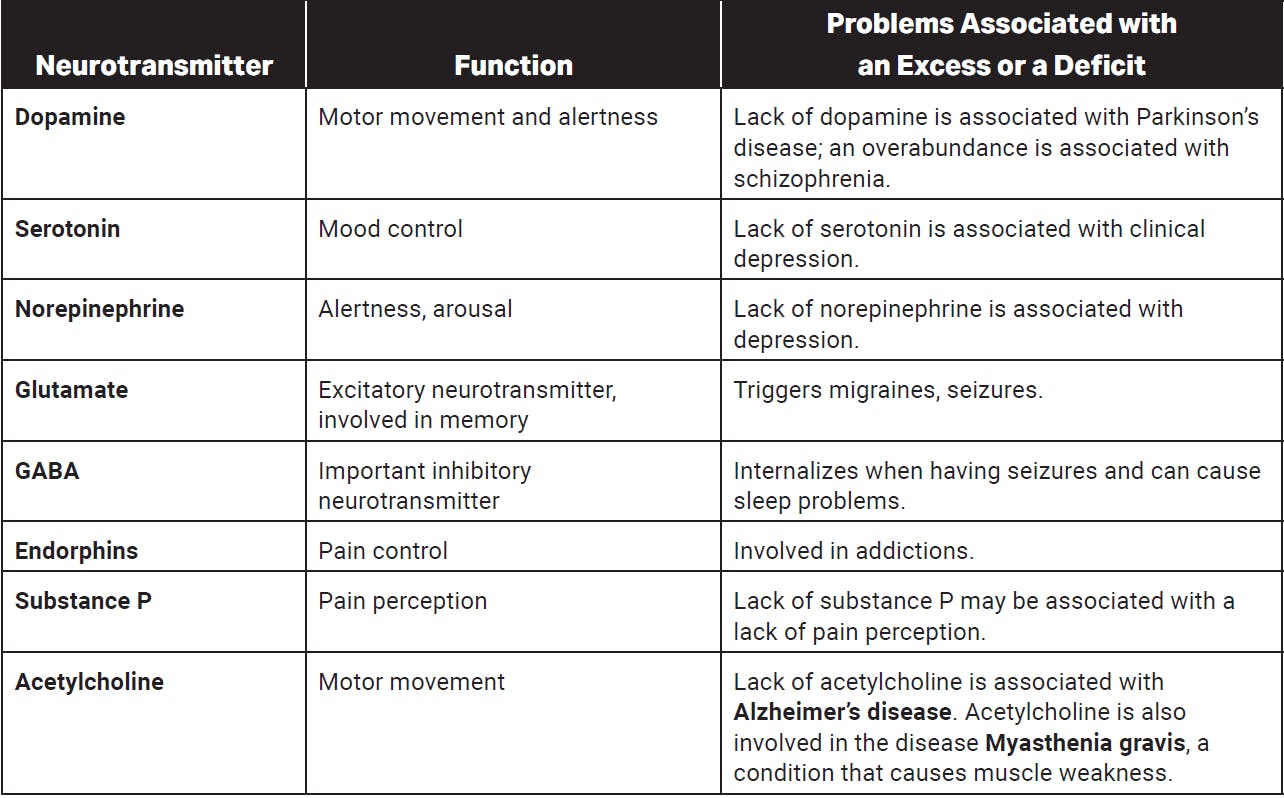AP Psychology Unit 1 Notes: Biological Bases of Behavior
January 27, 2025

Prepare for the AP Psychology exam with our free AP Psychology study notes. We break down AP Psychology content unit-by-unit and highlight some of the key terms and concepts you should review before test day. You will find the content from this first unit in the textbook you use in your AP Psychology class in the biological psychology, states of consciousness, and sensation chapters. For a more in-depth exam review, check out our latest AP Psychology prep book.
[ READ NEXT: AP Psychology Unit 2 Study Notes ]
AP Psychology: Unit 1 Summary
This AP Psychology unit summarizes the structure and function of different parts of the brain (including neural anatomy and processes). It includes a brief overview of how the biological systems of genetics and the endocrine system influence thinking and behavior. The unit discusses the application of biological psychology research to the topics of states of consciousness and sensation.
AP Psychology: Unit 1 Key Terms
Below, we describe some of the Unit 1 key terms you should review ahead of the AP Psychology exam.
- Genetic predisposition: The term genetic predisposition refers to the increased chance of developing a specific trait or condition due to our genetic code.
- Neurons: Individual nerve cells. These cells make up our entire nervous system, from the brain to the neurons that fire when you stub your toe. Every neuron is made up of discrete parts.
- Neurotransmitters: Chemicals contained in terminal buttons that enable neurons to communicate. Neurotransmitters fit into receptor sites on the dendrites of neurons like a key fits into a lock.
- Central nervous system (CNS): The CNS consists of our brain and spinal cord—all the nerves housed within bone.
- Endocrine system: This is a system of glands that secrete hormones that affect many different biological processes in our bodies. The endocrine system is controlled in the brain by the hypothalamus.
- Cerebral cortex: When most people think of the human brain, they think of and picture the cerebral cortex. The gray wrinkled surface of the brain is actually a thin (0.039-inch [1-mm]) layer of densely packed neurons. This layer covers the rest of the brain. When we are born, our cerebral cortex is full of neurons (more than we have now, actually) but the neurons are not yet well connected. As we develop and learn, the dendrites of the neurons in the cerebral cortex grow and connect with other neurons.
- Hemispheres: The cerebral cortex is divided into two hemispheres: left and right. The hemispheres look like mirror images of one another, but they exert some differences in function. The left hemisphere gets sensory messages and controls the motor function of the right half of the body. The right hemisphere gets sensory messages and controls the motor function of the left half of the body.
- Circadian rhythm: Our metabolic and thought processes follow a circadian rhythm, a daily pattern that includes a sleep cycle. This 24-hour cycle can affect our daily activities, such as when we feel most energized, experience hunger, or need to use the bathroom.
- REM: After a period of time in delta sleep, our brain waves start to speed up and we go back through stages 3 and 2. However, as we reach stage 1, our brain produces a period of intense activity, our eyes dart back and forth, and many of our muscles may twitch repeatedly. This is REM—rapid eye movement.
- Transduction: In general, our sensory organs receive stimuli. These messages go through a process called transduction, which means the signals are transformed into neural impulses. These neural impulses travel first to a part of the brain called the thalamus and then on to different cortices of the brain.
- Trichromatic theory: This theory hypothesizes that we have three types of cones in the retina and that each type detects a different primary color of light: blue, red, or green. These cones are activated in different combinations to produce all the colors of the visible spectrum.
- Opponent-process theory: The opponent-process theory states that the sensory receptors arranged in the retina come in pairs: red/green pairs, yellow/blue pairs, and black/white pairs. If one sensor is stimulated, its pair is inhibited from firing.
- Place theory: Place theory holds that the hair cells in the cochlea respond to different frequencies of sound based on where they are located in the cochlea. Some bend in response to high pitches and some to low.
- Conduction deafness: Conduction deafness occurs when something goes wrong with the system of conducting the sound to the cochlea (in the ear canal, eardrum, hammer/anvil/stirrup, or oval window).
- Nerve deafness: Nerve deafness (or sensorineural deafness) occurs when the hair cells in the cochlea are damaged, usually by loud noise.
- Gate control theory: Gate control theory helps explain how we experience pain the way we do. This theory explains that some pain messages have a higher priority than others. When a higher-priority message is sent to the brain, the gate swings open for it and swings shut for a lower-priority message, which we will not feel.
- Taste receptors: Taste receptors are located on papillae, which are the bumps you can see on your tongue.
H3: Neurotransmitters Important to Psychologists
You already know that neurotransmitters are chemicals held in the terminal buttons that travel in the synaptic gap between neurons. It is important to understand that different types of neurotransmitters exist. The table below indicates some of the more important types and functions of neurotransmitters to psychologists.

AP Biology Resources
- About the AP Biology Exam
- Top AP Biology Exam Strategies
- Top 5 Study Topics and Tips for the AP Biology Exam
- AP Biology Short Free-Response Questions
- AP Biology Long Free-Response Questions
AP Psychology Resources
- What’s Tested on the AP Psychology Exam?
- Top 5 Study Tips for the AP Psychology Exam
- AP Psychology Key Terms
- Top AP Psychology Exam Multiple-Choice Question Tips
- Top AP Psychology Exam Free Response Questions Tips
- AP Psychology Sample Free Response Question
AP English Language and Composition Resources
- What’s Tested on the AP English Language and Composition Exam?
- Top 5 Tips for the AP English Language and Composition Exam
- Top Reading Techniques for the AP English Language and Composition Exam
- How to Answer the AP English Language and Composition Essay Questions
- AP English Language and Composition Exam Sample Essay Questions
- AP English Language and Composition Exam Multiple-Choice Questions
